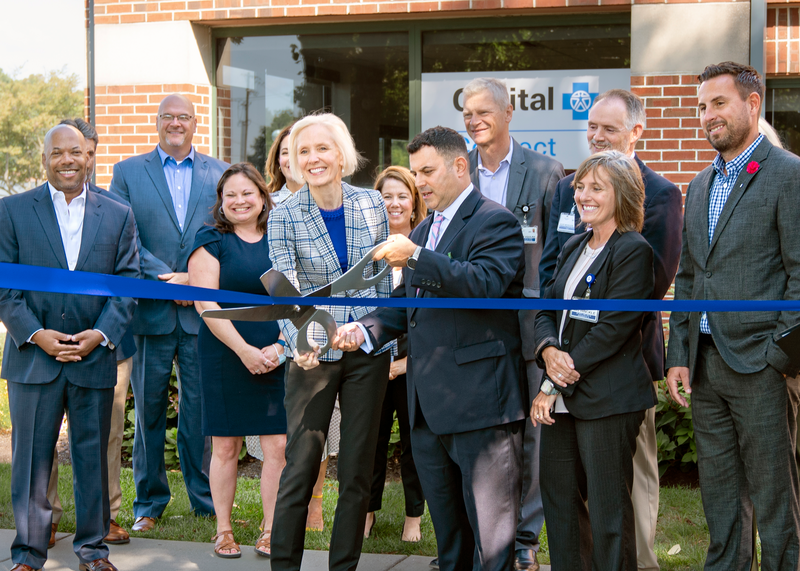- Fri. Apr 26th, 2024
Latest Post
NFL Draft 2024: Teams Look to Trade Up for Top Prospects as First Round Underway
The 2024 NFL Draft has finally arrived and there are reports of several teams looking to trade up to acquire some of the top prospects in this draft. Will the…
Beating the Odds: One Family’s Journey to Recovery Through Generous Giving and Exceptional Medical Care
Joe Nichols, a previously healthy individual, found himself facing cardiac arrest, heart blockages, and congestive heart failure. Thanks to the outstanding care he received from the cardiac team at WellSpan,…
WellSpan: Healthcare Leadership in South Central Pennsylvania and Northern Maryland with Comprehensive Solutions and Dedicated Team
WellSpan is a healthcare system that leads the way in South Central Pennsylvania and Northern Maryland with its comprehensive and equitable solutions for health and wellness. With over 2,000 providers,…
WellSpan Community Thrives Thanks to Generosity of Donors and Employee Giving Campaign
Our communities’ health and wellness depend on the generosity of our donors. Donations to WellSpan enable us to provide exceptional care for all by funding facility upgrades, new equipment, education…
Newlab at Michigan Central: Detroit’s Latest Hub for Technology and Innovation”.
In April 2023, Newlab at Michigan Central officially opened its doors in Detroit’s Corktown neighborhood. This innovative space is a testament to the city’s ongoing story of revitalization and transformation.…
Energy Security in Times of Uncertainty: Restoring Power Plants and Strengthening National Defense
In the northern harbor of Malmö, Sweden’s decommissioned power plant near Juutinrauma beach stands as a symbol of the country’s readiness for an uncertain future. Originally, the plant was intended…
The Charles H. Wright Museum of African American History: An Evolving Beacon of Cultural and Educational Excellence
Since its inception in 1966, The Charles H. Wright Museum of African American History has been an essential educational resource for both Detroiters and visitors, with a focus on African…
Revolutionizing Substance Analysis: NIST Researchers Develop Accurate Magnetics-Based Sensor
NIST researchers have developed a magnetics-based sensor that shows promising results in detecting substances. This technology utilizes magnetic properties to accurately identify different analytes in various samples, making it a…
Join San Diego Residents for NAMI Walks and Mental Wellness Expo, Combating Stigma and Raising Awareness about Mental Health
This Saturday, April 27, 2024, San Diego residents are encouraged to join the annual San Diego NAMI Walks and Mental Wellness Expo. The event, with the theme “I am NAMIWALKS,”…
Hooligans Cause Chaos on Yerevan-Yeraskh Highway with Burning Tires: Criminal Proceedings Initiated
On April 24, criminal proceedings were initiated in response to the disruption of traffic on the Yerevan-Yeraskh highway using burning tires. This incident occurred at 4:25 p.m. and involved unidentified…




